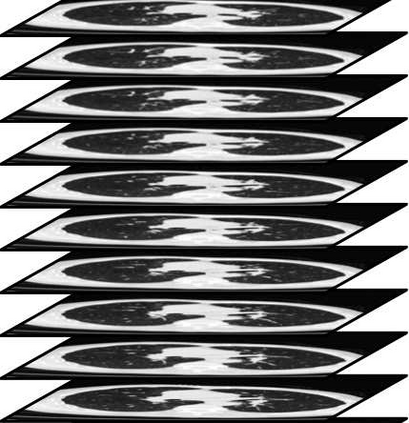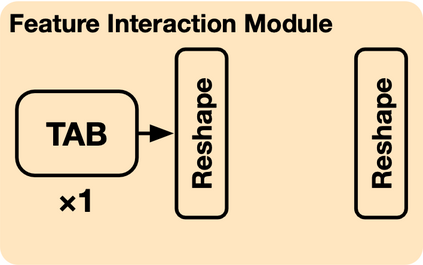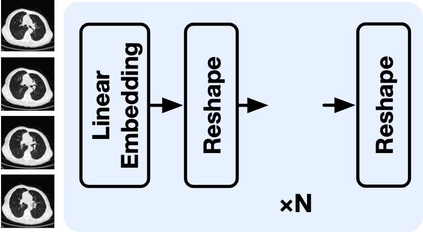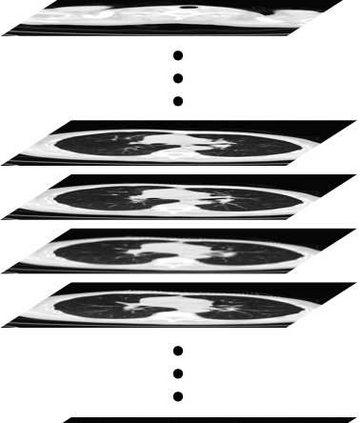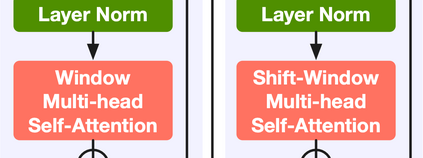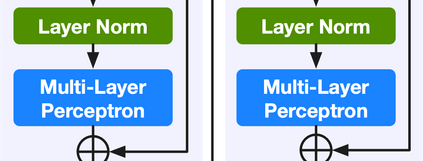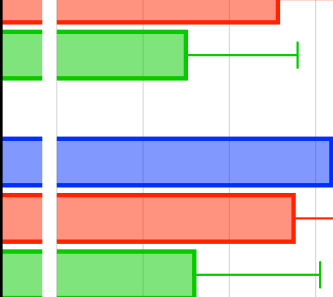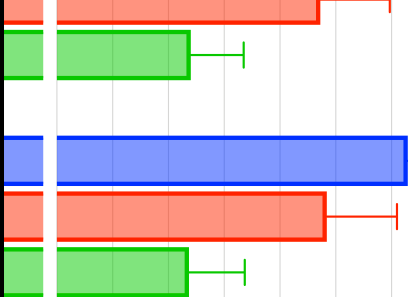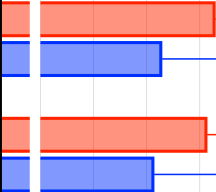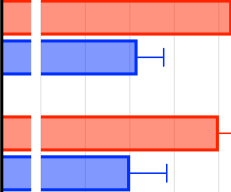In clinical practice, anisotropic volumetric medical images with low through-plane resolution are commonly used due to short acquisition time and lower storage cost. Nevertheless, the coarse resolution may lead to difficulties in medical diagnosis by either physicians or computer-aided diagnosis algorithms. Deep learning-based volumetric super-resolution (SR) methods are feasible ways to improve resolution, with convolutional neural networks (CNN) at their core. Despite recent progress, these methods are limited by inherent properties of convolution operators, which ignore content relevance and cannot effectively model long-range dependencies. In addition, most of the existing methods use pseudo-paired volumes for training and evaluation, where pseudo low-resolution (LR) volumes are generated by a simple degradation of their high-resolution (HR) counterparts. However, the domain gap between pseudo- and real-LR volumes leads to the poor performance of these methods in practice. In this paper, we build the first public real-paired dataset RPLHR-CT as a benchmark for volumetric SR, and provide baseline results by re-implementing four state-of-the-art CNN-based methods. Considering the inherent shortcoming of CNN, we also propose a transformer volumetric super-resolution network (TVSRN) based on attention mechanisms, dispensing with convolutions entirely. This is the first research to use a pure transformer for CT volumetric SR. The experimental results show that TVSRN significantly outperforms all baselines on both PSNR and SSIM. Moreover, the TVSRN method achieves a better trade-off between the image quality, the number of parameters, and the running time. Data and code are available at https://github.com/smilenaxx/RPLHR-CT.
翻译:在临床实践中,由于购买时间短和储存成本较低,通常使用低平流分辨率的厌食性体积医学图像,因为购买时间短和储存成本较低。然而,粗糙的分辨率可能导致医生或计算机辅助诊断算法在医学诊断方面遇到困难。深度学习型体积超分辨率(SR)方法是改进解析的可行方法,其核心是进化神经网络(CNN)。尽管最近取得了进展,但这些方法仍受到演算操作员的固有特性的限制,这些特性忽视了内容的相关性,无法有效地模拟远程电视CT的可靠性。此外,大多数现有方法都使用假式体积用于培训和评估,而假体积低分辨率(LRR)的量因高分辨率(HR)的简单退化而产生。然而,假体积体积与实际神经网络(CNNSR)之间的领域差距导致这些方法的运行不良。我们建立了第一个公开真实的数据集(RPLHR-CT),作为体积性电解的基线,并且通过重新实施四个状态式的SAR-SS的基线值值值(RIS-R)的基线值基线值(RIS-SR),同时也展示一个内在的流流流流流数据数据,我们正在展示一个运行的网络上运行的内流数据,还展示一个内流数据,一个内流数据系统内流数据,还展示一个内流数据,用来展示一个内流数据。







